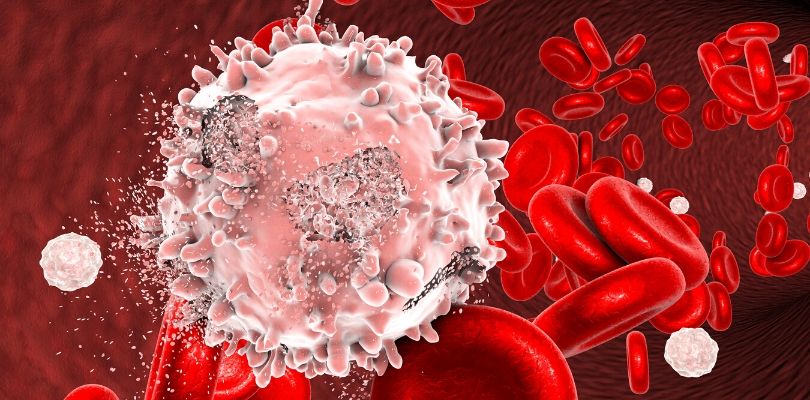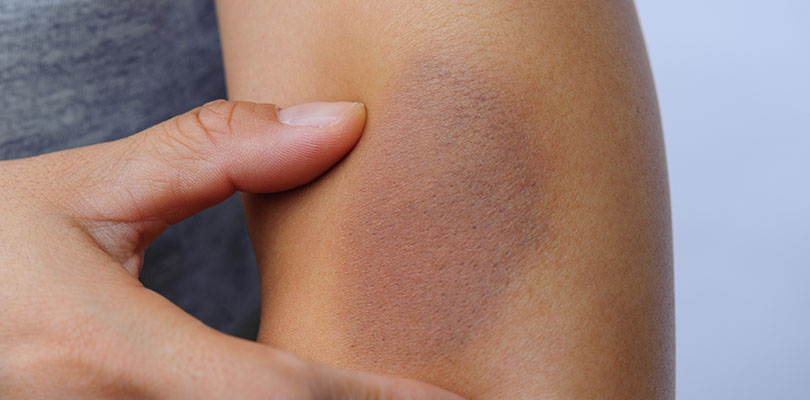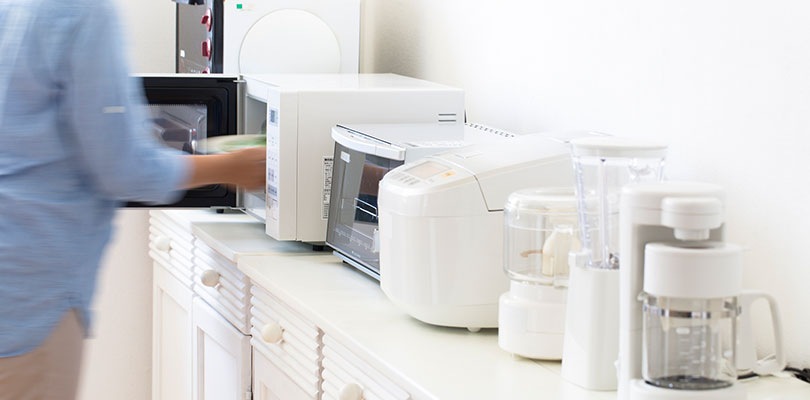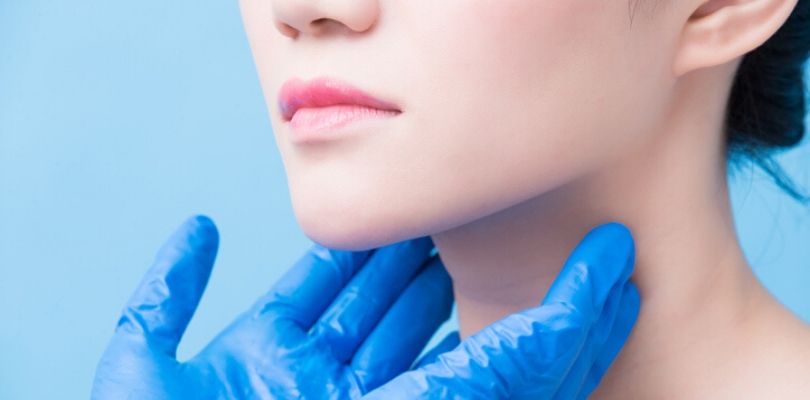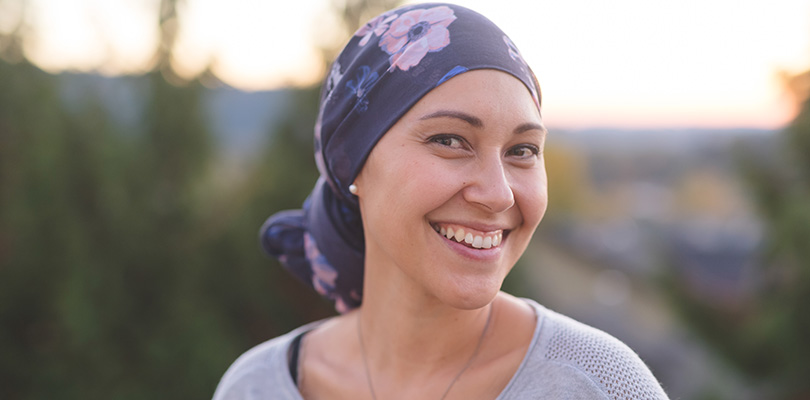Radiation therapy for Skin Cancer
Skin cancer can be a terrifying diagnosis for patients. However, there are treatment solutions available that are both simple and effective.
Radiation therapy (or radiotherapy) is a method that uses high-energy rays to destroy cancer cells. Essentially, this method uses x-rays to treat cancer. There are two types of radiation therapy available: internal and external radiation therapy. However, external radiation therapy tends to be an option for individuals with skin cancer.
When Should You Have Radiation Therapy Treatment?
Radiation therapy for skin cancer is best for individuals who have skin cancer in large areas, areas challenging to operate on, or as a preventive treatment following surgery. Radiation therapy may also be a viable solution for individuals who don’t want to have surgery or are not in good enough health to have surgery.
In some instances, radiation therapy is selected based on a better cosmetic outcome. For example, treatment on the face usually does better with radiation therapy since it is less invasive and is less likely to scar.
What to Expect During Treatment
Individuals who must undergo radiation therapy treatment will do so at a hospital’s radiation therapy department. Typically, patients are admitted on an outpatient basis and will not require a hospital stay.
The procedure requires a person to lie still on their back as the radiation therapy machine rotates around their body. The device itself may make some sounds throughout the treatment, but the patient will not feel any pain or temperature changes.
During the treatment, your doctor may talk to you through a sound system in the machine. You may be asked to hold your breath or alter your breathing style throughout the treatment process. Each treatment is completed in a matter of minutes.
White blood cell boosters during chemo are used to help regrow white blood cells to help fight infection. See if this treatment option is right for you.
The routine for radiation therapy treatment usually consists of daily treatment from Monday to Friday. The weekend days allow your body to rest and recover. The number of treatments will vary based on the size, shape, and location of the skin cancer. Some people only require a single treatment.
Generally speaking, the procedure will span two weeks. However, for larger areas, the treatment may take up to four weeks to complete. Your doctor will be able to assess how many treatments you need before scheduling your radiation therapy. You’ll have a pretty good idea of the duration after the initial consultation.
Radiation Therapy After-Care
After-care following radiation therapy is relatively simple but should be followed closely for the best results and faster recovery time.
As your skin heals, you’ll want to take care to keep it clean and dry. You should be mindful of your skin during and after the radiation therapy treatment. You’ll want only to wash your skin with gentle, fragrance-free soap, and you should avoid the use of any creams or lotions. Avoid scrubbing and only pat dry with a soft towel. If the treatment area is near your hairline, you should be aware of the types of soaps you use as well as avoid using a hairdryer near the treatment site. Avoid strong winds and sunlight in order to allow the area to heal correctly without unnecessary agitation.
As far as clothing goes, you’ll want to wear something comfortable and loose so that it does not interfere with the treated area. Remember, your skin is incredibly sensitive and will need to avoid any unnecessary touches. Ask that children, pets, and family members be aware of the treated area, so they don’t unnecessarily brush up against it.
Side Effects of Radiation Therapy for Skin Cancer
As with any cancer treatment, patients may experience a few side effects.
For instance, the treated area may be red and tender during the treatment and for a short time afterward. The skin may appear crusty and dry as it heals from the treatment. However, as it sluffs off, healthy skin will be in its place. This skin may be more sensitive to UV rays.
Additionally, the patient may lose their hair in the location site of the radiation therapy. It may take some time for the hair to regrow, and it may change in color or texture. There may be some scarring associated with the recovery, but those scars reduce over time.
However, the good news is that people do not feel sick, tired, or lethargic following radiation therapy. People should be able to continue their regular activities.
Any side effects generally subside in a few weeks following the treatment. It is also essential to understand that you are not radioactive following treatment. You can still enjoy time with your loved ones without worrying about cross-contamination of any kind.
Overview
Radiation therapy for skin cancer is a standard solution for people with this diagnosis. It is a fast and efficient way for people to treat cancer that doesn’t require more invasive measures. If you have been diagnosed with skin cancer, know that you have viable solutions. Ask your health care provider for more information.

